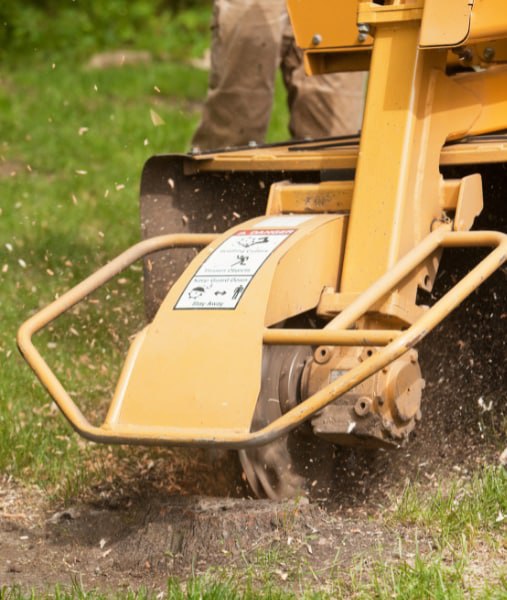
Introduction: Hedges are a popular choice for creating natural barriers in gardens and outdoor spaces, providing privacy, defining boundaries, and enhancing aesthetic appeal. However, their benefits extend beyond mere appearance; well-maintained hedges can also play a significant role in noise reduction. At Eastbourne Tree Care, we understand that effective hedge-cutting can help maximise this benefit. In this blog post, we’ll explore best practices for hedge cutting aimed at reducing noise and helping you create a more peaceful and serene environment.
- Understanding Noise Reduction
How Hedges Absorb Sound
- Due to their dense foliage and structure, hedges absorb and deflect sound. A well-maintained hedge can act as a natural sound barrier, reducing the impact of noise from roads, neighbours, or other sources.
The Role of Density and Height
- The effectiveness of a hedge in noise reduction is influenced by its density and height. A thicker, taller hedge provides better sound insulation compared to a sparse or low hedge.
- Choosing the Right Hedge Species
Dense and Evergreen Varieties
- For optimal noise reduction, choose hedge species known for their dense, evergreen foliage. Some excellent choices include:
- Leylandii: Fast-growing and dense, making it ideal for creating a thick barrier.
- Yew: Evergreen with dense foliage that provides good sound insulation.
- Holly: Dense and prickly, offering both noise reduction and security.
Consultation with Experts
- Consult with a professional to select the best species for your specific noise reduction needs and local climate conditions.
- Proper Hedge Cutting Techniques
Maintaining Thickness
- Maintain a thick and dense hedge to maximise noise reduction. Regular trimming helps to encourage dense growth, preventing gaps that can reduce sound insulation.
Shaping and Height Management
- Keep your hedge at an appropriate height and shape. A well-shaped hedge with a uniform appearance not only looks attractive but also enhances its effectiveness as a sound barrier. Aim for a height of at least 2.5 to 3 metres for optimal noise reduction.
Seasonal Trimming
- Regular trimming is crucial for maintaining the density of your hedge. Trim during the growing season to encourage new growth and maintain the hedge’s thick, dense structure.
- Maximising Effectiveness
Layered Planting
- Consider planting multiple layers of hedges for improved noise reduction. A combination of different hedge species or additional layers of plants can enhance sound insulation.
Creating a Buffer Zone
- Plant hedges in combination with other sound-absorbing features such as fences or walls. This creates a multi-layered barrier that improves overall noise reduction.
- Post-Cutting Care
Encouraging Healthy Growth
- After cutting, ensure your hedge receives adequate water and nutrients to support healthy growth. Healthy, robust hedges are more effective at sound insulation.
Mulching and Feeding
- Apply mulch around the base of your hedge to retain moisture and support healthy root growth. Regular feeding with a balanced fertiliser helps maintain the hedge’s density and vigour.
Monitoring and Maintenance
- Regularly inspect your hedge for signs of pests, diseases, or damage. Address any issues promptly to maintain its effectiveness as a noise barrier.
- Professional Services
When to Seek Expert Help
- For large or complex hedges, or if you require precise cutting and shaping to maximise noise reduction, consider hiring professional tree surgeons. At Eastbourne Tree Care, we offer expert hedge-cutting services tailored to your needs.
Benefits of Professional Care
- Professional services ensure that your hedge is cut and maintained to the highest standard, optimising its noise reduction capabilities and overall health.
Conclusion: Effective hedge cutting is a key factor in utilising hedges for noise reduction. By choosing the right species, employing proper cutting techniques, and maintaining your hedge, you can create a more serene and peaceful environment in your garden.
Call us on: 01323 921097
Click here to find out more about Eastbourne Tree Care
Click here to complete our contact form and see how we can help you with your tree’s needs.